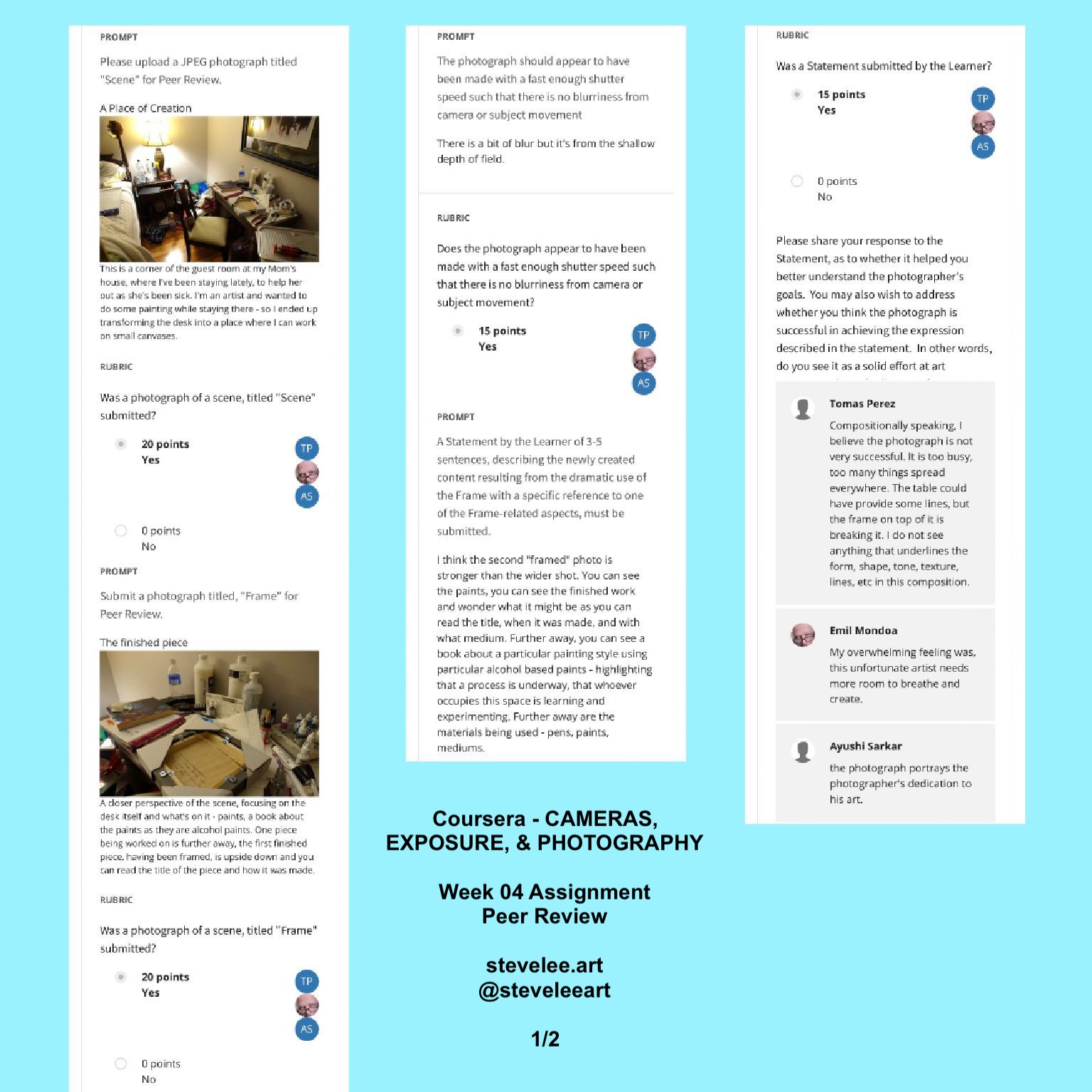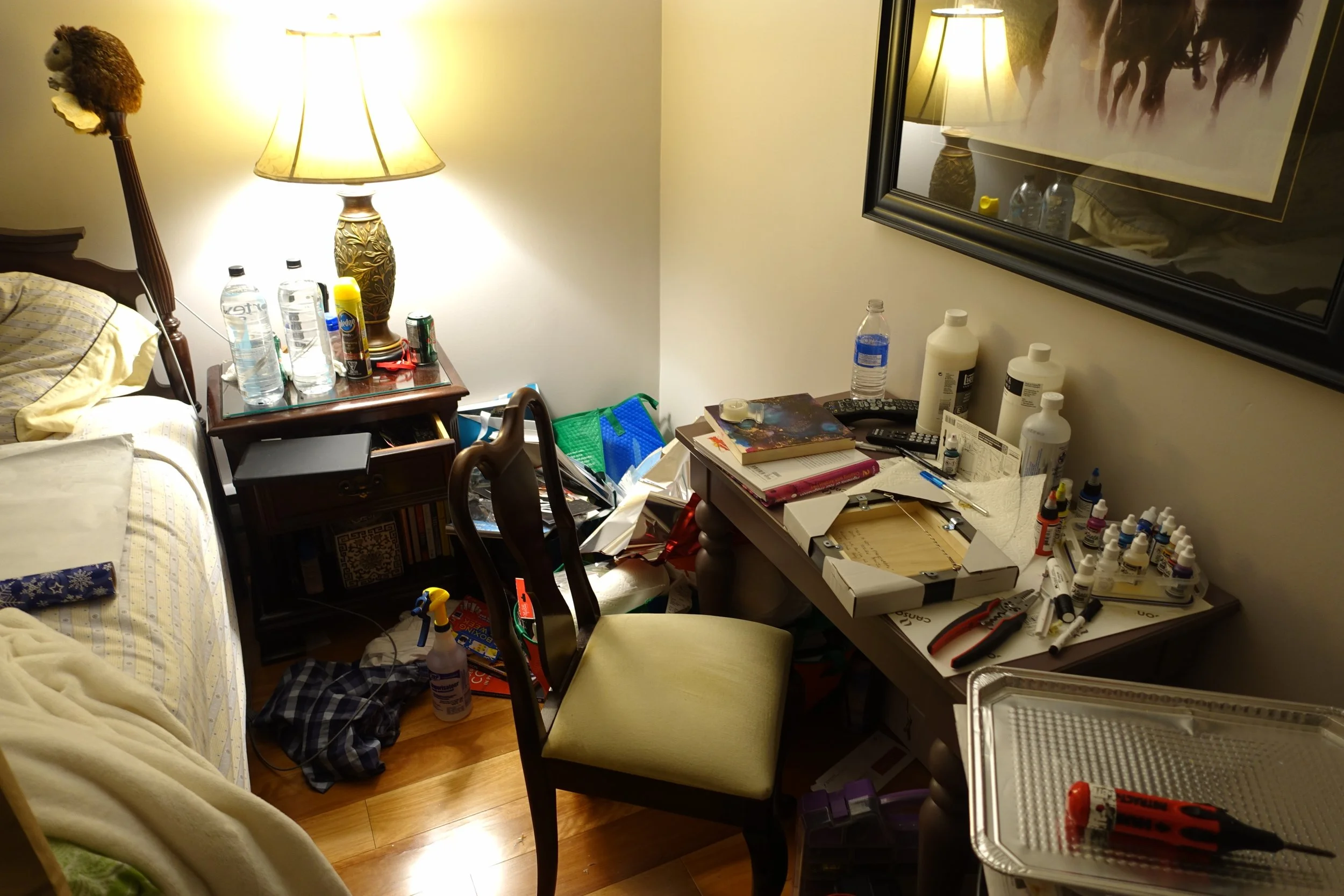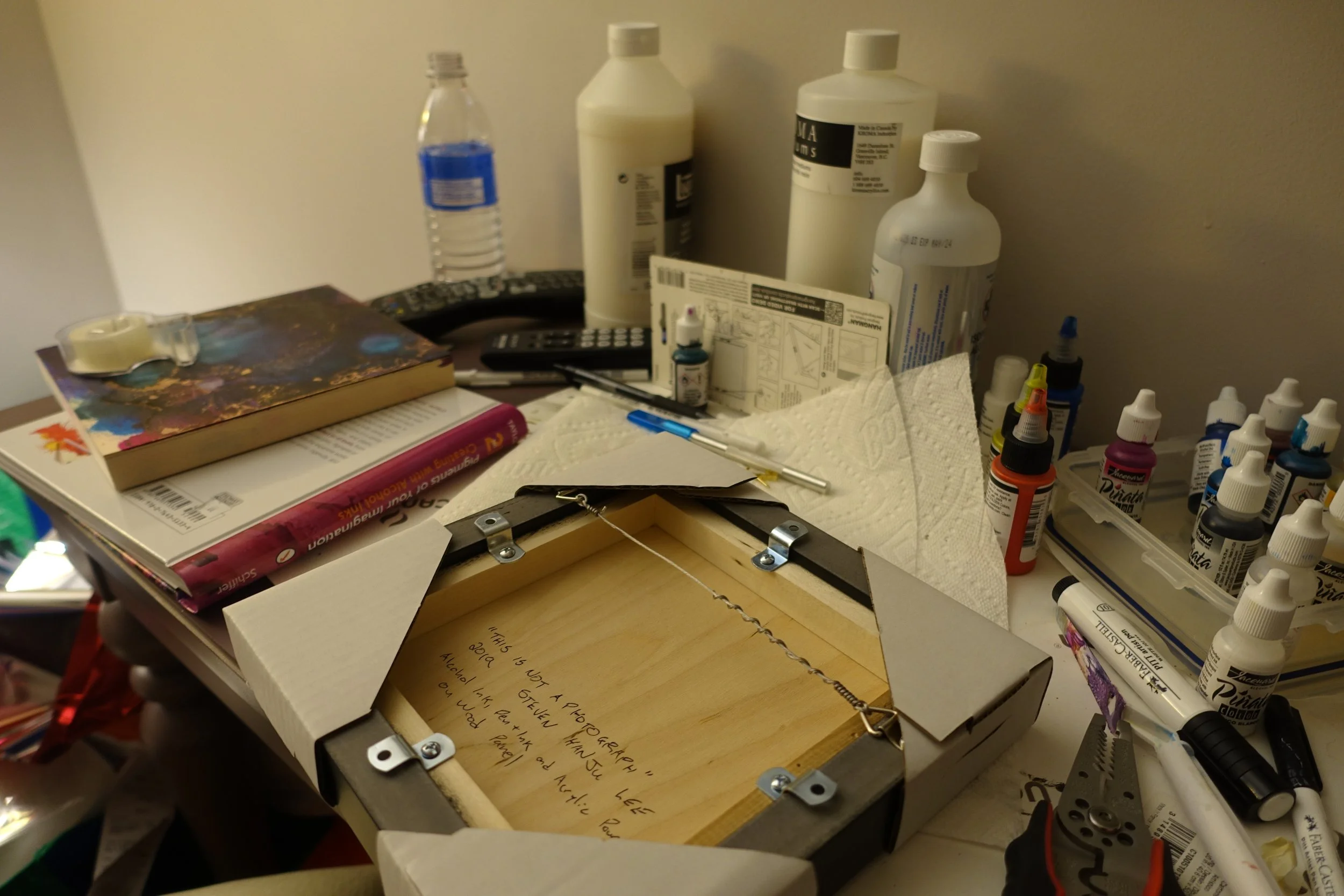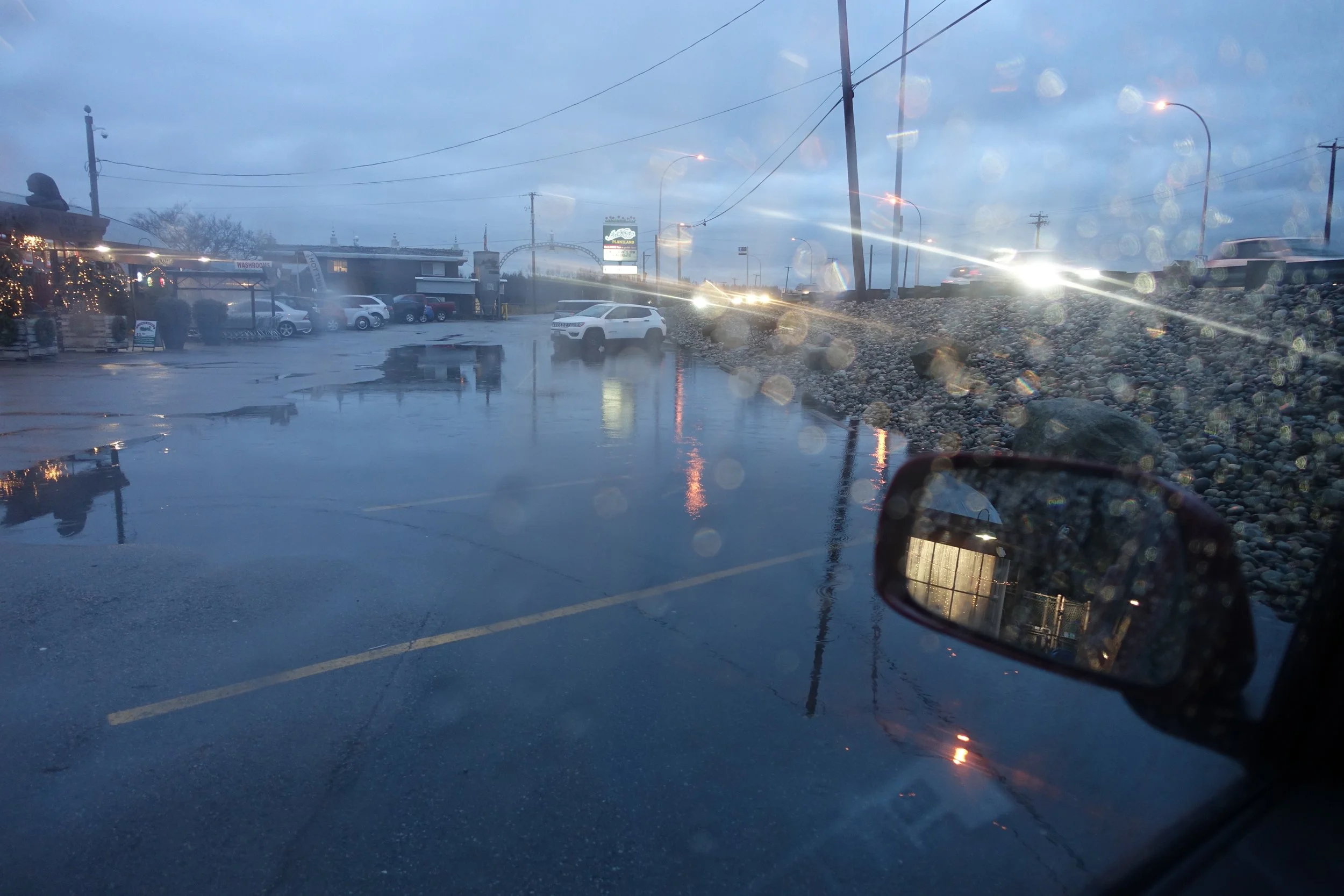In Module Four we will turn to concepts related to the way photographs look, and how practical decisions that are unique to photography can have dramatic effect in terms of what their creative content might be. We examine the aspects of Vantage Point and Frame as essential choices that must be made by photographers no matter what their ultimate goal for image-making. We also introduce the Peer Review process for paid-Learners, and the ways we can learn about our own ideas through using "terms of art" in written reviews the photographs of fellow Learners.
Assignment - Your World Transformed by the Frame
Transform a scene that is an ordinary, everyday, part of your life experience to create a new and exciting interpretation from one or more of the following effects of the FRAME:
a new content resulting from unexpected connections between two or more things that are isolated from the space around them and now related because they are enclosed by the Frame;
a change in the normal meaning of some thing or some person because that element is abruptly cut by the edge of the Frame in an unusual manner;
a compositional balance (such as symmetry or asymmetry) or design element (such as pattern or negative space) that is emphasized because of the Frame;
a change in content emphasis in the scene that results from using a Vertical Frame rather than a Horizontal Frame, or vice versa.
Choose an ISO that is appropriate for the light level so that you can use a shutter speed of at least 1/60 second to avoid motion blur.
Use "Program" exposure. You may set your camera to create a RAW and JPEG FILE, but please upload photographs for this and all future assignments in JPEG FORMAT ONLY, please no TIFF, PDF, or others!
First make a photograph of the general scene from your "normal" height vantage point. Use a wide angle lens (a short focal length) if you have one, to make a general documentary photograph of the place that does not create an emphasis on the framing but simply shows the scene.
Next make a series of photographs using any focal length lens you like, in which you create a new content through use of the Frame that create unexpected and even surprising new connections, relationships, and alterations, from the "ordinary."
Upload two image files just as the camera recorded them, without any Photoshop or App manipulation:
the first a simple view of the general scene, titled "SCENE";
and, the second a photograph that creates a new set of relationships between elements in the scene, or creates a compositional clarity, or fragments elements in unusual ways by cutting them with the edge of the picture, or in which Verticality is essential to new content, or creates an abstract aspect, or a bit of all of those elements, entitled "FRAME".
Finally, upload a brief statement in which you describe two things:
first, the role that the place plays in your daily life (for example, "this is the park where I eat my lunch every day");
second, a Statement of 3-5 sentences describing the newly discovered creative content resulting from composition or content that you find in your Frame photograph.
“A Place of Creation” - This is a corner of the guest room at my Mom's house, where I've been staying lately, to help her out as she's been sick. I'm an artist and wanted to do some painting while staying there - so I ended up transforming the desk into a place where I can work on small canvases.
“The finished piece” - This is a corner of the guest room at my Mom's house, where I've been staying lately, to help her out as she's been sick. I'm an artist and wanted to do some painting while staying there - so I ended up transforming the desk into a place where I can work on small canvases.
SERIES TITLE: A Sense of Place
DATE: January 5, 2020
I think the second "framed" photo is stronger than the wider shot. You can see the paints, you can see the finished work and wonder what it might be as you can read the title, when it was made, and with what medium. Further away, you can see a book about a particular painting style using particular alcohol based paints - highlighting that a process is underway, that whoever occupies this space is learning and experimenting. Further away are the materials being used - pens, paints, mediums.
There is a bit of blur but it's from the shallow depth of field.
I think there is an unexpected connection between not being able to see the finished framed artwork that's on the desk, with the in process works. The photo has an overall compositional balance - I find my eye moves around the frame rather easily, there are enough details to hold an interest in what's there, to make people ask questions about what is going on, and who occupies this space.
The "Frame" photograph presents a workplace where creation and exploration happen. The tools of the artist are present, as are a work in progress and a finished piece which the viewer cannot see which lends a bit of mystery as to what was created. The title of the finished piece is clear - "This is not a photograph," which evokes the work of Rene Magritte, "The treachery of images (this is not a pipe)." The how-to book also shows that a process of learning is possibly at play.
Peer Review Feedback…
GRADE: 100%


Course Certificate of Completion
Course Completed on January 7, 2020
Overall Grade: 97%










